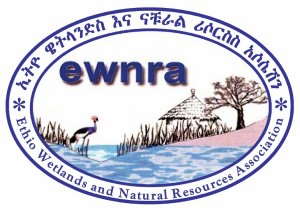Bench-Sheko Zone
Bench-Sheko Zone is the region with the greatest lowland share and has suffered severe forest decline. Between 1986 and 2001, the forest cover decreased from around 20% to only 12% (2,881 km²), especially in the regions where refugees from the arid regions of Ethiopia were settled. Nowadays, informal settlements as well as commercial farms increase the deforestation process within the 466,800 hectare zone.
Studies prove the communities’ dependence on forests: alongside agriculture, income from forest resources is the most important source of livelihood for the population.
Bench-Sheko Zone
Kafa Biosphere Reserve
Kafa Biosphere Reserve
The Kafa Biosphere Reserve (in the Kafa Zone) covers an area of around 760,000 hectare and is characterised by a high amount of endemic species in Afromontane mountain cloud, rain and bamboo forests. It also is a supra-regionally important water supplier. The forests and wetlands are under pressure from the effects of climate change and from coffee/tea investors and are already highly fragmented. Unemployment and lack of prospects lead to frustration, political uprisings and the search for income, especially among young people, e.g. through illegal logging.
Through NABU’s work since 2006, parts of the forests are well recorded and regularly surveyed by rangers. NABU has been supporting forest restoration and conservation in Kafa.
Sheka Forest Biosphere Reserve
The Sheka Forest Biosphere Reserve (Sheka Zone) comprises unique natural landscapes of about 240,000 hectare, ranging from cool, humid highlands to hot lowlands. As in Kafa and Bench-Sheko, the characteristic Afromontane rainforests contain wild Coffea arabica in the undergrowth.
In the past, large areas of forest were converted into industrial tea production. Nevertheless, both the local government and the local population are keen to preserve the forests, which are strongly linked to spiritual beliefs and traditions and provide an important basis for life.


